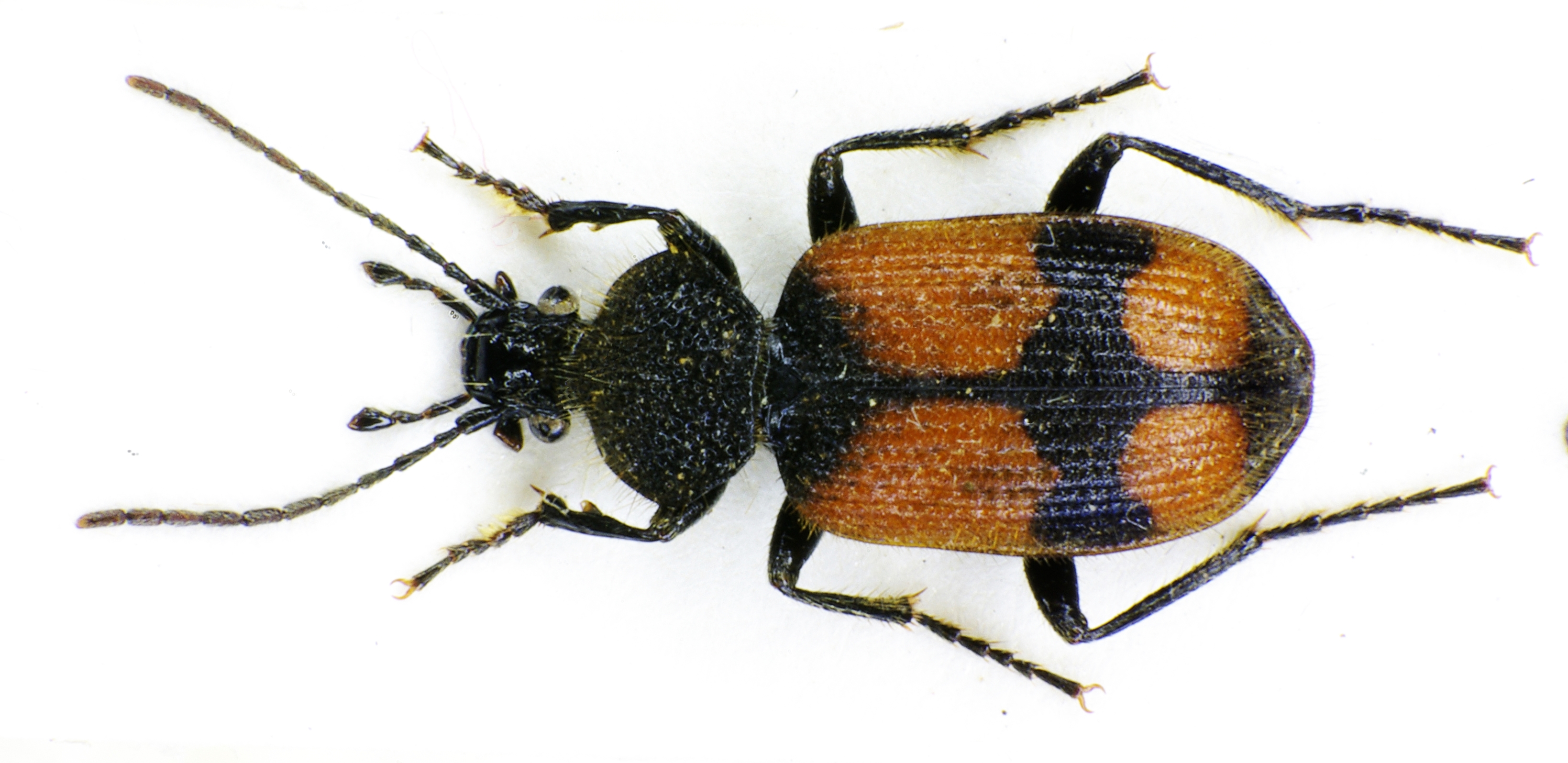|
Pentagonicini
Pentagonicini is a tribe of ground beetles in the family Carabidae Ground beetles are a large, cosmopolitan family of beetles, the Carabidae, with more than 40,000 species worldwide, around 2,000 of which are found in North America and 2,700 in Europe. As of 2015, it is one of the 10 most species-rich animal .... There is at least one genus and about 10 described species in Pentagonicini.Bousquet Y (2012). "Catalogue of Geadephaga (Coleoptera: Adephaga) of America, north of Mexico". ''ZooKeys 245'': 1-1722. References Further reading * Arnett, R. H. Jr., and M. C. Thomas. (eds.). (21 December 2000) ''American Beetles, Volume I: Archostemata, Myxophaga, Adephaga, Polyphaga: Staphyliniformia''. CRC Press LLC, Boca Raton, Florida. * Arnett, Ross H. (2000). ''American Insects: A Handbook of the Insects of America North of Mexico''. CRC Press. * Bouchard, P., Y. Bousquet, A. Davies, M. Alonso-Zarazaga, J. Lawrence, C. Lyal, A. Newton, et al. (2011). "Family-group names in Col ... [...More Info...] [...Related Items...] OR: [Wikipedia] [Google] [Baidu] |
Harpalinae
Harpalinae is the largest subfamily of ground beetles, containing more than 19,000 species worldwide. Biology This subfamily contains the most apomorphic ground beetles, displaying a wide range of forms and behaviors. The morphology of species within Harpalinae range from Panagaeini, ant-mimics to charismatic members within the genus ''Pterostichus.'' Some exhibit rare feeding habits among ground beetles, including both Omnivore, omnivorous and even Herbivore, herbivorous species. Some members of Harpalinae, especially those restricted to the tropics, are considered to be Arboreal locomotion, arboreal. This variety of habitats has been considered to lead to the wide diversification of morphological traits. Systematics Recent phylogenetic analysis of Harpalinae has placed approximately 19,000 species within around 40 tribes in this subfamily with nearby sister subfamily clades having species numbers in the hundreds or lower. Few subfamilies within Carabidae have been recov ... [...More Info...] [...Related Items...] OR: [Wikipedia] [Google] [Baidu] |
Henry Walter Bates
Henry Walter Bates (8 February 1825 – 16 February 1892) was an English natural history, naturalist and explorer who gave the first scientific account of mimicry in animals. He was most famous for his expedition to the Tropical rainforest, rainforests of the Amazon basin, Amazon with Alfred Russel Wallace, starting in 1848. Wallace returned in 1852, but lost his collection on the return voyage when his ship caught fire. When Bates arrived home in 1859 after a full eleven years, he had sent back over 14,712 species (mostly of insects) of which 8,000 were (according to Bates, but see Van Wyhe) new to science. Bates wrote up his findings in his best-known work, ''The Naturalist on the River Amazons'' (1863). Life Bates was born in Leicester to a literate middle-class family. However, like Wallace, Thomas Henry Huxley and Herbert Spencer, he had a normal education to the age of about 13 when he became apprenticed to a hosiery manufacturer. He joined the Mechanics' Institute (w ... [...More Info...] [...Related Items...] OR: [Wikipedia] [Google] [Baidu] |
Carabidae
Ground beetles are a large, cosmopolitan family of beetles, the Carabidae, with more than 40,000 species worldwide, around 2,000 of which are found in North America and 2,700 in Europe. As of 2015, it is one of the 10 most species-rich animal families. They belong to the Adephaga. Members of the family are primarily carnivorous, but some members are herbivorous or omnivorous. Description and ecology Although their body shapes and coloring vary somewhat, most are shiny black or metallic and have ridged wing covers ( elytra). The elytra are fused in some species, particularly the large Carabinae, rendering the beetles unable to fly. The species '' Mormolyce phyllodes'' is known as violin beetle due to their peculiarly shaped elytra. All carabids except the quite primitive flanged bombardier beetles (Paussinae) have a groove on their fore leg tibiae bearing a comb of hairs used for cleaning their antennae. Defensive secretions Typical for the ancient beetle suborder A ... [...More Info...] [...Related Items...] OR: [Wikipedia] [Google] [Baidu] |
Taxa Described In 1873
In biology, a taxon (back-formation from ''taxonomy''; : taxa) is a group of one or more populations of an organism or organisms seen by taxonomists to form a unit. Although neither is required, a taxon is usually known by a particular name and given a particular ranking, especially if and when it is accepted or becomes established. It is very common, however, for taxonomists to remain at odds over what belongs to a taxon and the criteria used for inclusion, especially in the context of rank-based (" Linnaean") nomenclature (much less so under phylogenetic nomenclature). If a taxon is given a formal scientific name, its use is then governed by one of the nomenclature codes specifying which scientific name is correct for a particular grouping. Initial attempts at classifying and ordering organisms (plants and animals) were presumably set forth in prehistoric times by hunter-gatherers, as suggested by the fairly sophisticated folk taxonomies. Much later, Aristotle, and later still ... [...More Info...] [...Related Items...] OR: [Wikipedia] [Google] [Baidu] |


